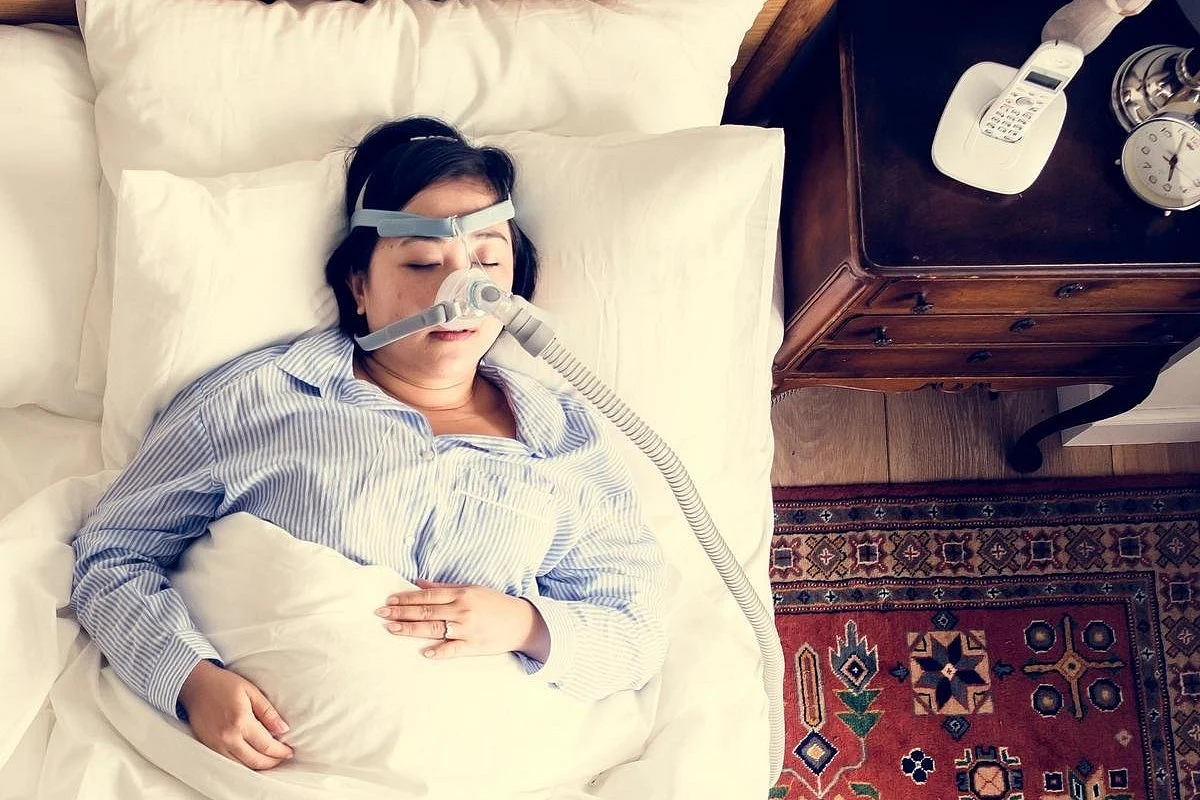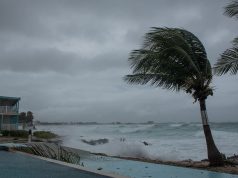Increase in OSA burden expected by 2100 with projected temperatures ≥1.8 degrees Celsius above preindustrial levels
By Elana Gotkine HealthDay Reporter
THURSDAY, July 3, 2025 (HealthDay News) — Higher temperatures across the globe are associated with an increased probability of having obstructive sleep apnea (OSA), according to a study published online June 16 in Nature Communications.
Bastien Lechat, Ph.D., from Flinders University in Adelaide, Australia, and colleagues quantified the effect of 24-hour ambient temperature on nightly OSA severity in 116,620 users of a U.S. Food and Drug Administration–cleared nearable OSA monitor over 3.5 years. Well-being and productivity OSA burden were estimated for different levels of global warming.
The researchers found an association for higher temperatures (99th versus 25th percentile [27.3 versus 6.4 degrees Celsius]) with a 45 percent higher probability of having OSA on a given night (mean, 1.45). In 2023, a warming-related increase in the prevalence of OSA was associated with a loss of 788,198 healthy life-years in 29 countries and a loss of $30 billion in workplace productivity. A further 1.2- to 3.0-fold increase in OSA burden by 2100 was seen in scenarios with projected temperatures ≥1.8 degrees Celsius above preindustrial levels.
“Our findings highlight that without greater policy action to slow global warming, OSA burden may double by 2100 due to rising temperatures,” Lechat said in a statement.
Several authors disclosed ties to the medical device industry.
Copyright © 2025 HealthDay. All rights reserved.








